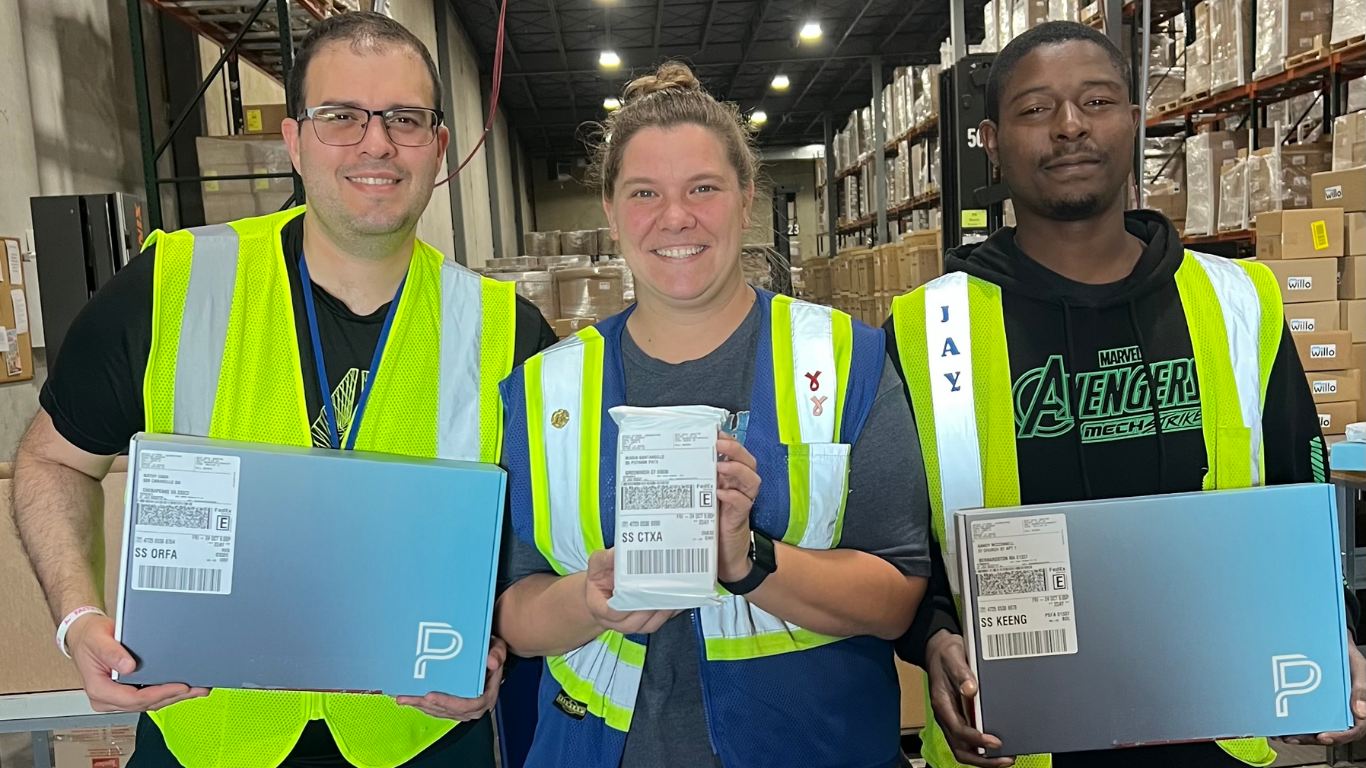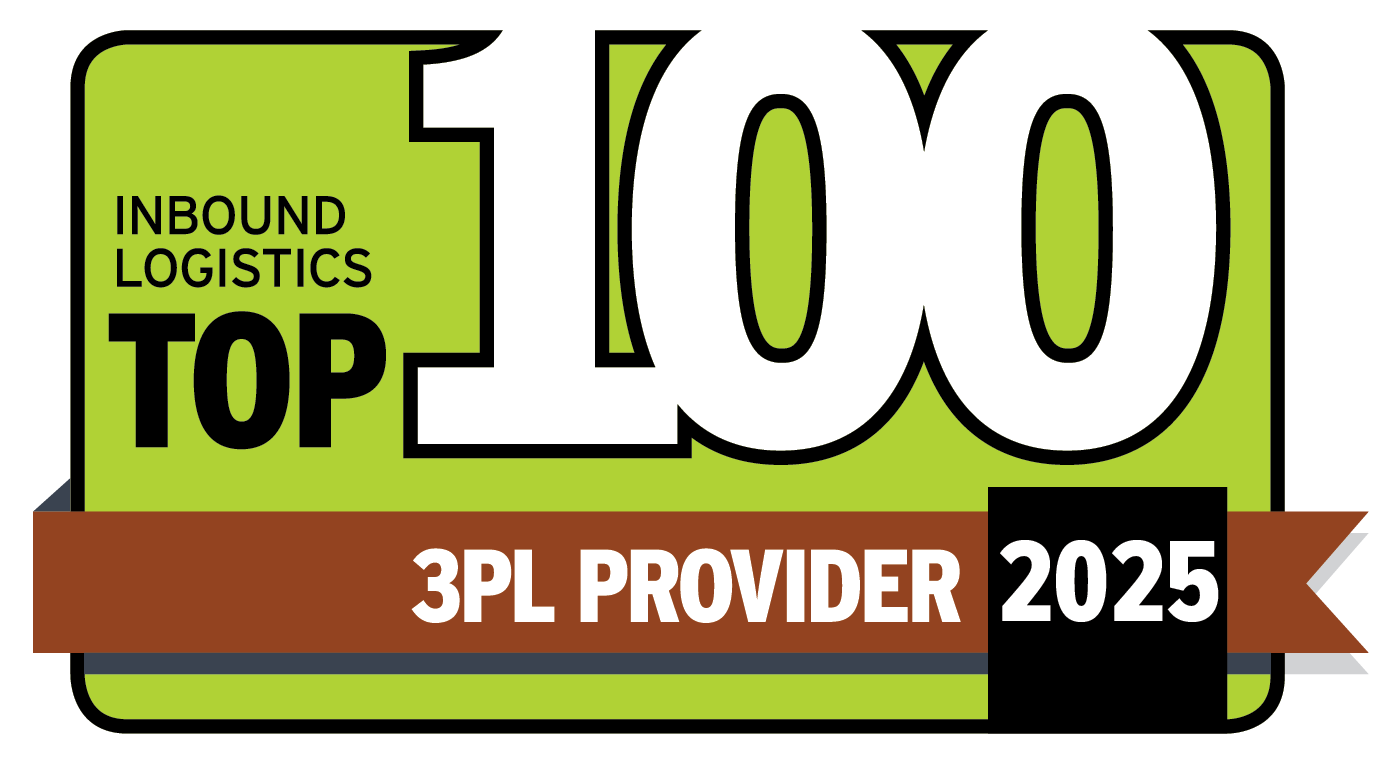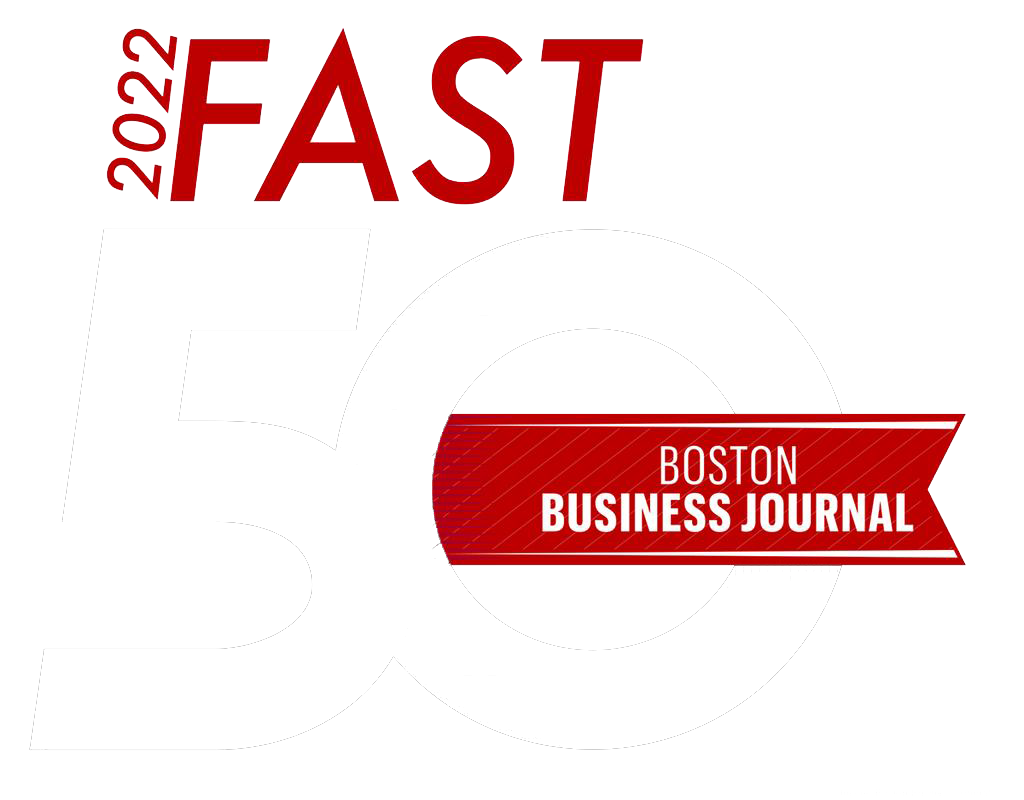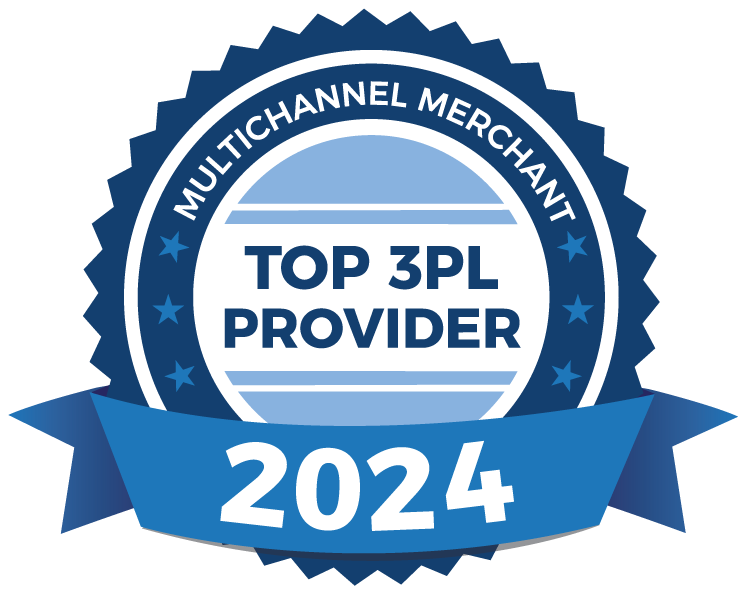The Real Reason E-commerce Brands Fail (Hint: It’s Not Sales)
What happens when your business takes off overnight? E-commerce brands don’t fail because they can’t sell. They fail because they can’t fulfill.
If you’re an e-Comm. brand, you probably started your business with a system that met your needs at the time. However, success can quickly become challenging without a flexible fulfillment strategy, leading to higher costs, bottlenecks and frustrated customers.
In this post, we’ll discuss how scalable fulfillment impacts your business and how to find the right 3PL partner to keep operations running smoothly.
What Is Scalable E-commerce Fulfillment?
Scalable fulfillment refers to a logistics provider’s ability to adjust operations to accommodate fluctuating order volumes. This includes adapting labor resources, leveraging automation, optimizing warehouse management and fine-tuning order processing.
If any part of this system fails to scale effectively, inefficiencies arise—delays, errors and unhappy customers. While early-stage businesses often prioritize affordability and convenience when selecting a fulfillment solution, building scalability into your strategy early on is key to long-term success.
Why Scalability Matters in Fulfillment
1. Self-Fulfillment Can Only Take You So Far
Most e-commerce businesses start by fulfilling orders themselves. This makes sense—it’s cost-effective and gives merchants complete control over packaging and shipping. In the early days, you only needed was storage space, shipping materials and a label printer.
But as sales grow, the limitations of self-fulfillment become clear. More orders mean more inventory, packaging and labor. Maintaining order tracking, SKU management and shipping deadlines becomes a full-time job. Without the right infrastructure, delays mount, errors increase and customers look elsewhere.
2. Maintaining Quality as You Scale
You can inspect every package with a low order volume, ensuring accuracy and crafting a great unboxing experience. But as demand grows, maintaining that same attention to detail becomes difficult. Many 3PLs struggle to replicate the same personalized experience, which can impact customer loyalty. Scaling fulfillment ensures that your customers continue to receive the quality they expect—even as order volumes grow.
3. Managing Seasonal Peaks and Slowdowns
Many e-commerce businesses experience fluctuating demand. Whether it’s holiday shopping surges or slow post-season periods, fulfillment operations must be agile enough to scale up or down.
Without a flexible system, brands may overinvest in infrastructure they don’t always need or face fulfillment slowdowns when they need to ramp up. A scalable fulfillment partner helps you adjust resources, preventing costly inefficiencies.
What to Look for in a Scalable Fulfillment Partner
If your business is growing, choosing the right 3PL partner is critical. Here’s what to prioritize:
1. A Nationwide Fulfillment Network
A single fulfillment center can quickly become overwhelmed. Instead, look for a partner with multiple strategically located warehouses. This allows you to:
✅ Speed up delivery times by distributing inventory closer to customers
✅ Prevent bottlenecks by shifting fulfillment to different locations
✅ Ensure seamless fulfillment even during unexpected surges
2. Automated Fulfillment Solutions
Automation reduces reliance on seasonal labor, improves accuracy and speeds up order processing. With ongoing labor shortages, 3PLs integrating automation—such as robotic picking, AI-driven inventory management and automated sorting—offer a significant advantage.
3. Technology That Grows with You
Your fulfillment partner’s tech stack should handle your business’s growth—not just for today but for years to come. Ask potential providers:
✔ Can their systems manage a rapid increase in order volume?
✔ Do they integrate with your e-commerce platform and order management system?
✔ Do they offer real-time inventory tracking and predictive analytics?
4. Scalable Value-Added Services
Branded packaging, kitting and special inserts can enhance the customer experience—but can your fulfillment provider handle these extras as you scale? Ensure they can maintain the same level of personalization and quality even as order volumes rise.
5. Reliable Customer Support
Fast fulfillment is only part of the equation. A scalable provider should also help you maintain strong customer service, offering:
🔹 Real-time order tracking to reduce customer inquiries
🔹 Streamlined returns processing
🔹 Dedicated support teams to handle peak-season demand
The Bottom Line: Future-Proof Your Fulfillment Strategy
Scaling your fulfillment operations isn’t just about keeping up with growth—it’s about setting your business up for long-term success. The right fulfillment partner will help you stay agile, efficient and prepared for whatever comes next.
If you’re looking for a fulfillment provider who can support your business through every growth stage, ���Ҵ�ý is here to help. Let’s discuss how we can build a scalable, seamless fulfillment strategy for your brand.
Contact us today for a complimentary supply chain consultation to meet with one of our ���Ҵ�ý experts.
Recent Blog Posts







